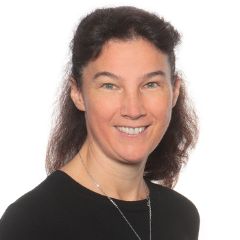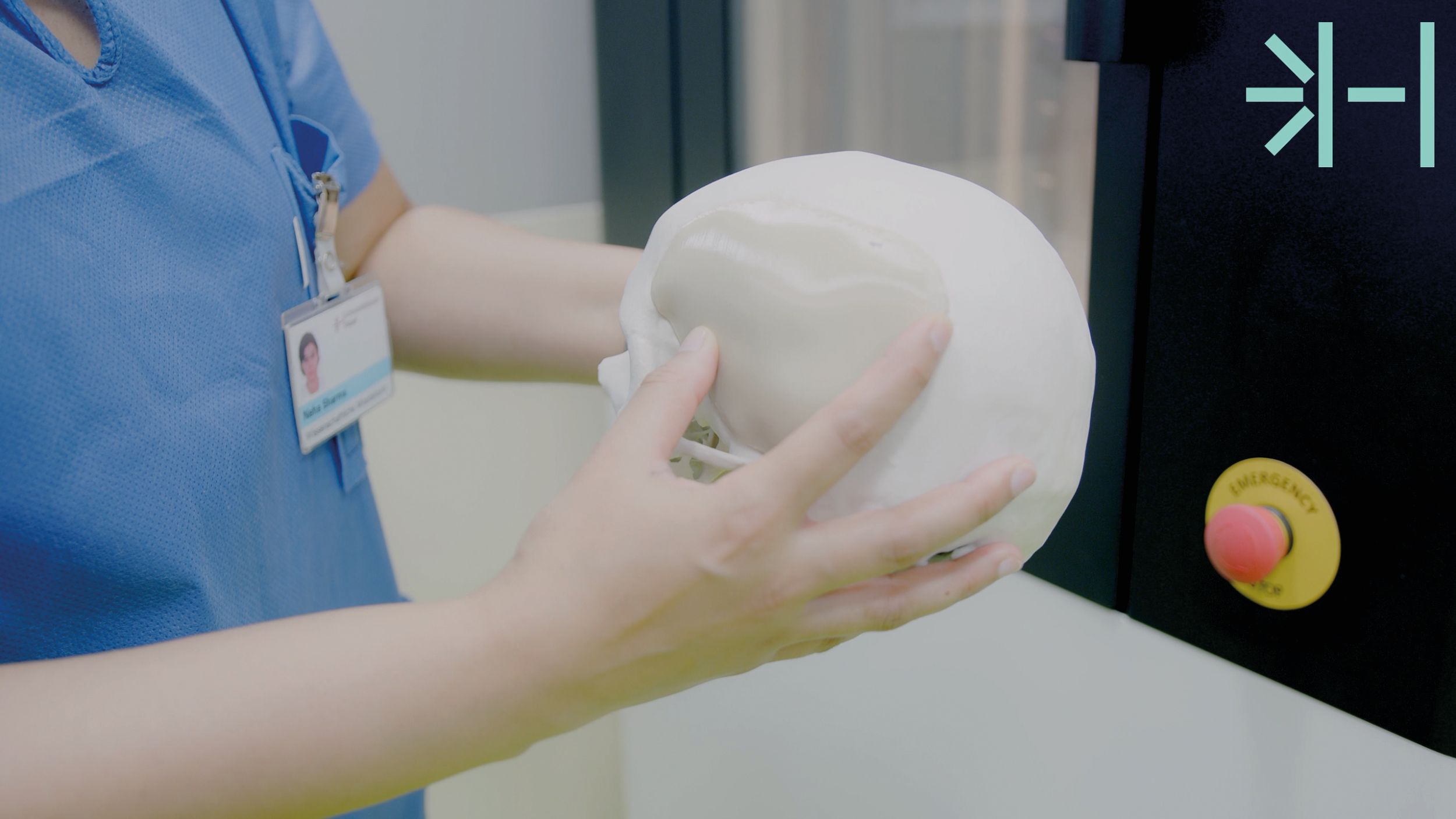
Regenerative surgery
The Regenerative Surgery innovation focus is all about restoring the structure and function of tissue that has been lost due to injury, illness or ageing processes. We want to use innovative treatment strategies to maintain our patients' mobility in the long term and improve their quality of life.
We cultivate tissue and use innovative techniques such as 3D printing and virtual surgical planning in order to offer therapies that are individually tailored to patients. On the one hand, we want to further improve the clinical results that are possible with current methods. On the other hand, we also want to treat diseases that we have not yet been able to cure, such as osteoarthritis.
For example, we are currently working on the cultivation of cartilage that we want to use for knee osteoarthritis. There is not yet a generally recognized treatment strategy for this. Another example of our work: when reconstructing bones, we use virtual surgical planning and imaging technologies and print customized implants in a 3D printer. As many people suffer from back pain, we are also focusing on the regeneration of intervertebral discs using cultured cells.
Therapy of degenerated intervertebral discs with nasal cartilage cells
In a novel approach, we would like to inject cartilage-like material cultivated from nasal cartilage cells into degenerated (age-related worn-out) intervertebral discs. In this way, we hope to restore the function of the intervertebral discs and prevent or delay surgery and any necessary fusion of the vertebrae. The research is currently still in the preclinical phase in the laboratory.
A clinical trial is planned for around 2025.
You can find more information about the research here
For clinical information please contact:
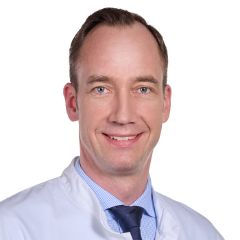
Therapy of bone defects
Larger bone defects are normally treated with autologous bone taken from other parts of the body (e.g. fibula). In our approach, stem cells are isolated from the body's own fatty tissue and applied to bone substitute material. This is implanted under the skin and forms normal bone, which can then be used for reconstruction.
A clinical trial is planned for 2024.
You can find more information about the research here and here.
For clinical information please contact us:
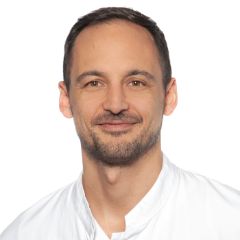
PD Dr. Tarek Ismail
Leitender Arzt
Plastische, Rekonstruktive, Ästhetische u.Handchirurgie
Mikrochirurgische Rekonstruktionen, Rekonstruktive Gesichtschirurgie inkl. Gesichtslähmung
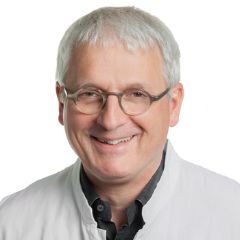
Prof. Dr. med. Dr. med. dent. Claude Jaquiéry
Leitender Arzt / Stv. Chefarzt
Mund-, Kiefer- und Gesichtschirurgie
Virtual 3D surgical planning and 3D printing of patient-specific implants (PSI)
In the field of reconstructive and regenerative surgery (for example, for reconstruction after accidents or tumors in the oral and maxillofacial region, for defects in the skullcap and in other regions of the body), the healthy human anatomy is the best blueprint for our 3D surgical planning, innovative surgical procedures and the production of patient-specific high-performance implants (made of PEEK, titanium or, for example, 3D-printed resorbable bone replacement materials).Our 3D surgical planning, innovative surgical procedures and the production of patient-specific high-performance implants (made of PEEK, titanium or, for example, 3D-printed, resorbable bone replacement materials through to bioprinting processes).
With intelligent implants, we can go one step further into the future. Smart implants are personalized bio-implants that are characterized by tailor-made shapes, special functions such as sensors or shape memory in combination with flexible and durable biomaterials. Ideally, smart implants are produced quickly and cost-effectively at the point of care (at the hospital), as we are already doing to some extent in the 3D Print Lab at the University Hospital Basel.
You can find more information about the research here
For clinical information please contact:
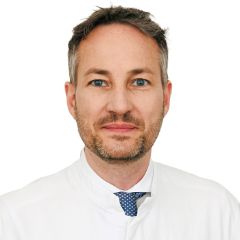
Prof. Dr. mult. Florian M. Thieringer, MHBA
Chefarzt
Mund-, Kiefer- und Gesichtschirurgie
Co-Leiter 3D Print Lab
Tel. +41 61 265 7344
For scientific information please contact:
Treatment of cartilage defects in joints
Cartilage defects and the resulting osteoarthritis are the most common causes of pain and limited mobility, which makes everyday activities difficult and significantly reduces the quality of life of those affected. A new type of therapy based on the body's own nasal cartilage cells could not only alleviate the symptoms, but also slow down or prevent the development of osteoarthritis and the progression of the disease.
For the treatment, a small cartilage sample is taken from the patient's nose under local anesthesia. The cells are isolated, multiplied and applied to a membrane. After around five weeks, two cartilage tissues of up to 20 cm2 have developed. These are implanted into the defect in order to cover the diseased areas with the new cartilage. After the operation, further follow-up examinations are carried out up to two years postoperatively, during which the healing process is analyzed.
The following clinical studies and treatments are currently being carried out at the University Hospital Basel:
- Patellofemoral osteoarthritis (osteoarthritis of the kneecap)
- Large cartilage defects in the knee joint without advanced osteoarthritis (defects > 4 cm2 in the knee joint)
- Recurrent symptomatic cartilage defect in the knee joint (after initial surgical treatment with, for example, drilling or microfracturing, etc.)
- Cartilage defects in the shoulder joint
- Recurrent symptomatic cartilage defect in the ankle joint (after initial surgical treatment with, for example, drilling or microfracturing or similar)
Further information on the clinical studies and participation can be found here.
Further information about the research can be found here and here.
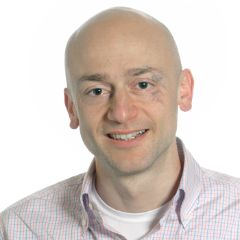
Prof. Ivan Martin
Forschungsgruppenleiter
DBM Tissue Engineering
Leiter Innovations-Focus Regenerative Chirurgie
